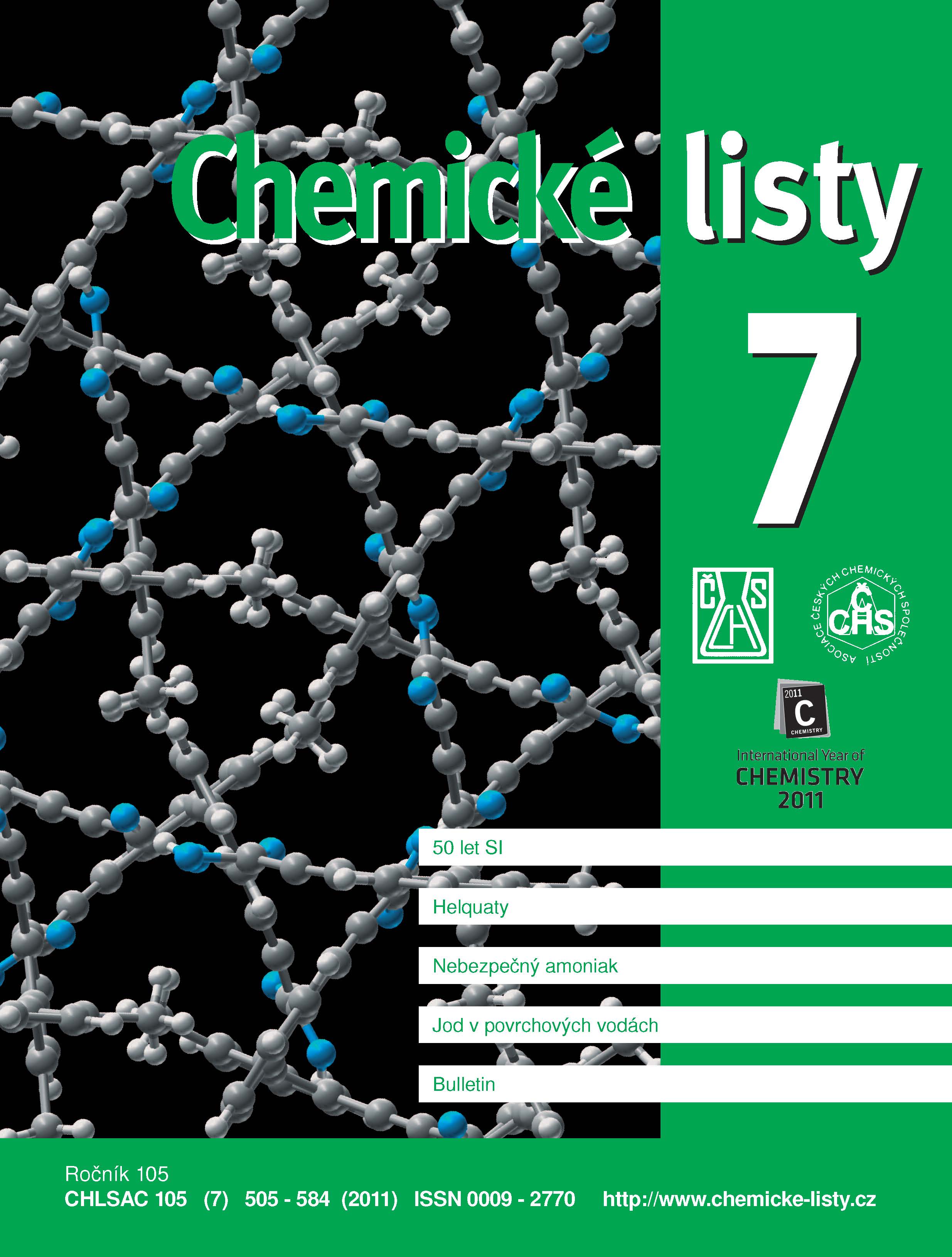Removal of Anionic and Non-ionic Surfactants in a Constructed Wetland
Keywords:
wastewater quality treatment, artificial wetland, surfactants, chemical oxygen demand, extraction spectrophotometryAbstract
Removal of anionic and non-ionic surfactants from wastewater using a constructed wetland with a horizontal subsurface flow was studied. Surfactants were determined by extraction spectrophotometric methods. Anionic surfactants were removed from wastewater with the efficiency 81.7 %. The efficiency increased with increasing temperature of interstitial water and decreased with rising water inflow. Removal of anionic surfactants was influenced by aeration of the wetland bed via roots and rhizomes of vegetation. Oxygen introduced into the wetland accelerated removal of anionic surfactants. The removal of non-ionic surfactants under aerobic or anaerobic conditions was almost complete: its average efficiency was 98.1 %. Organics (expressed as chemical oxygen demand) were removed from treated water with the efficiency 86.4 %. Constructed wetlands can be used as suitable alternatives for treatment of wastewater from small villages. The wetlands are relatively simple and inexpensive. The used extraction spectrophotometric methods are sensitive, precise, and accurate enough for the purpose.





